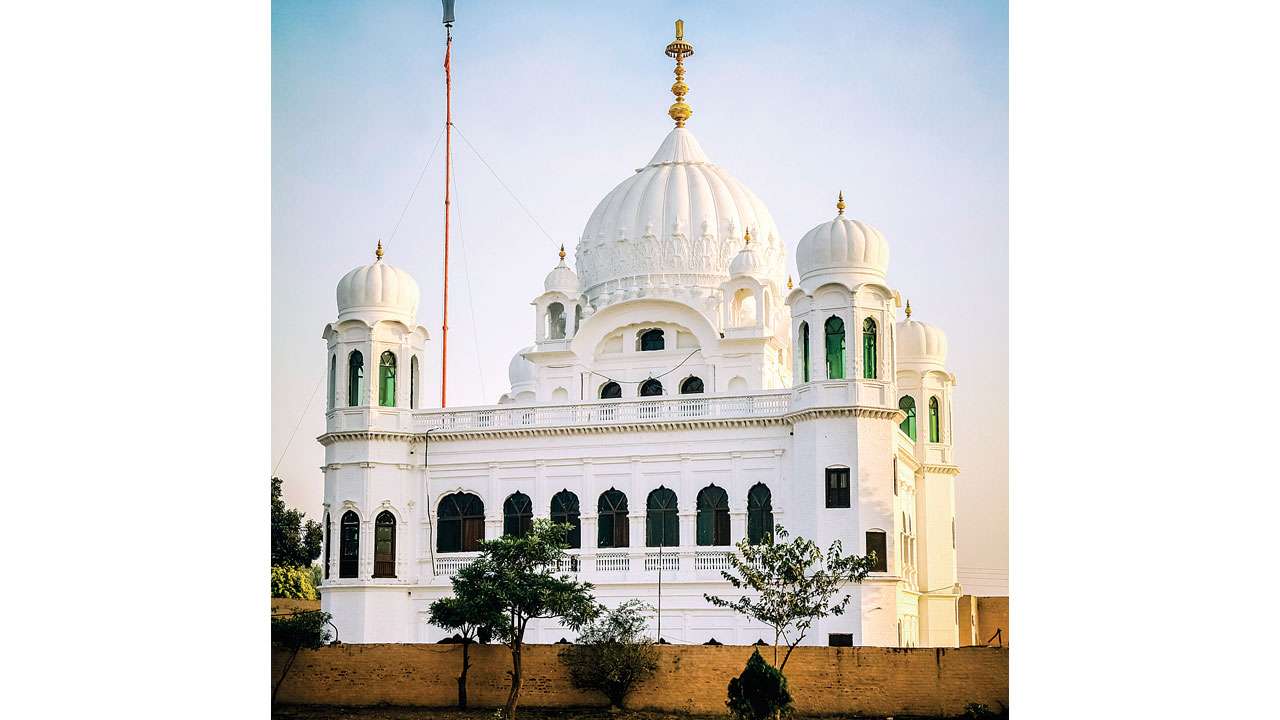
The joint decision by the Indian and Pakistani governments to develop a corridor to enable lakhs of Sikhs from Punjab travel to the final resting place of Guru Nanak Dev at a gurdwara in Pakistan’s Kartarpur signals a departure from frosty relations. It seems especially poignant since the Indian government has promised to commemorate the 550th birth anniversary of the religious guru on a grand scale. Kartarpur’s significance in Sikhism cannot be overstated. It was the last abode of Sikhs’ first master, Guru Nanak Dev, where he spent the last 18 years of his life before he died in 1539. It is visible from India from Gurdwara Dera Baba Nanak, which is very close to the international border.
The length of the Kartarpur corridor is about 4 km, 2 km on either side of the international border, but it goes a long way to boost backchannel diplomacy between two hostile neighbours who do not see eye to eye. Plans to develop the Kartarpur corridor had been in the pipeline for some time now with India occasionally nudging its neighbour to take a call. In fact, when cricketer-turned politician Navjot Singh Sidhu had visited Pakistan in August, he was told that Pakistan was amenable to the idea of opening the corridor. It, however, didn’t make its stand official. Upon Sidhu’s return, the Punjab assembly unanimously adopted a resolution seeking an uninterrupted corridor from Dera Baba Nanak to Kartarpur Sahib. It was as if Pakistan was waiting to see how India would react.
On Thursday soon after New Delhi approved the development of the Indian side of the corridor, Islamabad responded with unusual alacrity, saying it had decided to open the corridor. In 1999, when AB Vajpayee, then PM of India, visited the shrine, both countries had agreed upon opening the corridor. The agreement went into cold storage and apprehensions on the Indian side about the corridor being exploited by Pakistani terrorists had also gained ground. In May 2017, a parliamentary standing committee ruled out construction of the corridor because of the inclement political climate between the two countries. In fact, even now while the bilateral effort to enhance people-to-people contact is being hailed, Islamabad’s gesture must not be taken on face value.
The recent grenade attack at Amritsar’s Nirankari Bhavan bore the stamp of Pakistan’s ISI-style assault. The National Investigating Agency didn’t rule out a ploy to revive the Khalistani movement in the state. Terrorism in Punjab is crawling back into the limelight, thanks to Pakistan’s active cooperation. Curiously, while Pakistan’s new PM Imran Khan purportedly welcomes Sikh devotees to Pakistan, externally-backed terrorism in Kashmir is rearing its ugly head. Pakistan is supporting infiltration attempts by the militants under the cover of firing. India cannot afford to let its guard down just because Pakistan is playing the good neighbour. Indian security agencies need to closely monitor the crowd availing of the corridor to prevent terrorist infiltration. They must also be vigilant that Pakistan-based terror outfits do not use this opportunity to radicalise Sikhs while they are in Pakistan.